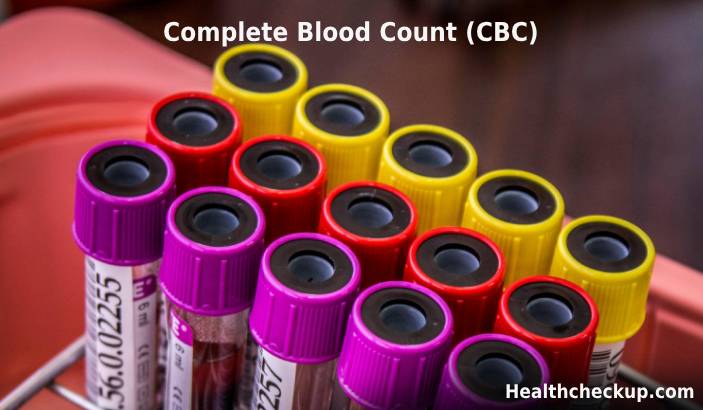A Complete Blood Count (CBC) is a fundamental blood test used to evaluate your overall health and detect a wide range of disorders, including anemia, infection, and leukemia. This comprehensive examination measures several components and features of your blood, including red blood cells, white blood cells, hemoglobin, hematocrit, and platelets. This article will discuss the purpose of a CBC, the procedure for conducting one, the normal ranges for its components, and how to interpret the results.
Purpose of a Complete Blood Count (CBC)
- Diagnostic Assessment: A CBC can help diagnose a broad spectrum of health conditions, from anemia and clotting disorders to immune system deficiencies and cancers.
- Health Monitoring: It’s commonly used to monitor health status before and after surgery, during pregnancy, or under chronic care for diseases such as cancer or heart disease.
- Treatment Evaluation: For patients undergoing treatment for conditions like cancer or those receiving medications that affect blood cell counts, a CBC is crucial to evaluate the treatment’s effectiveness and manage any potential side effects.
Procedure of a Complete Blood Count (CBC)
- Sample Collection: A small blood sample is taken from a vein, typically in your arm. The procedure is quick, usually lasting less than five minutes.
- Lab Analysis: The blood sample is sent to a laboratory, where machines analyze the different components. Results can often be returned as soon as a few hours or the next day.
Normal Range of CBC Components
- Red Blood Cells (RBCs):
- Men: 4.7 to 6.1 million cells per microliter
- Women: 4.2 to 5.4 million cells per microliter
- White Blood Cells (WBCs): 3,500 to 10,500 cells per microliter
- Platelets: 150,000 to 450,000 platelets per microliter
- Hemoglobin (the protein in red blood cells that carries oxygen):
- Men: 13.8 to 17.2 grams per deciliter
- Women: 12.1 to 15.1 grams per deciliter
- Hematocrit (the proportion of blood volume that is made up of red blood cells):
- Men: 40.7% to 50.3%
- Women: 36.1% to 44.3%
Understanding CBC Results
- Red Blood Cell Counts:
- Low RBC Count: May indicate anemia, blood loss, or vitamin and mineral deficiencies.
- High RBC Count: Could suggest dehydration, polycythemia vera (a bone marrow disease), or heart disease.
- White Blood Cell Counts:
- Low WBC Count: Found in conditions like bone marrow deficiencies, autoimmune diseases, and certain viral infections that temporarily disrupt the work of bone marrow.
- High WBC Count: Typically indicates infection, inflammation, stress, leukemia, or tissue damage.
- Hemoglobin and Hematocrit Levels:
- Low Levels: These are signs of anemia, which could be due to many reasons including dietary deficiencies, chronic kidney disease, or bone marrow problems.
- High Levels: High levels are less common and might be seen in smokers or persons living at high altitudes or with conditions causing excessive red blood cell production.
- Platelet Counts:
- Low Platelet Count: Can lead to bleeding disorders and is often caused by autoimmune diseases, bone marrow disorders, or medications.
- High Platelet Count: May be a reaction to infection, inflammation, or a serious condition like myeloproliferative disorders.
A Complete Blood Count is a routine, simple test that provides a wealth of information about the quantities and qualities of various blood cell types. Its results can help diagnose a range of health conditions, monitor the effectiveness of treatments, and provide a general overview of a patient’s health status.
I specialize in writing about health, medical conditions, and healthcare, drawing extensively from scientific research. Over the course of my career, I have published widely on topics related to health, medicine, and education. My work has appeared in leading blogs and editorial columns.








